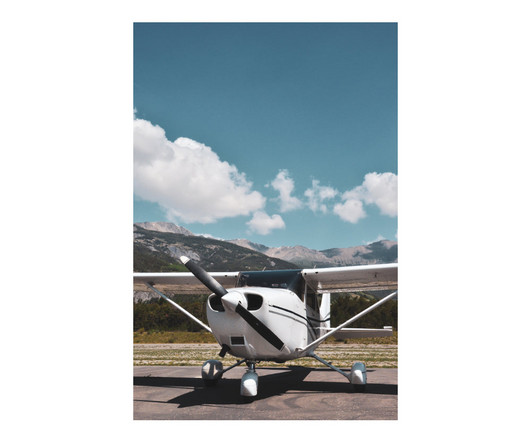How to Fly Perfect Lazy Eights
Pilot Institute
MAY 9, 2024
While the tilting lift vectors are an important source of adverse yaw, drag also plays a part. Any time a wing creates lift, it creates induced drag. In our example, the right wing has more lift, and thus more drag, than the left wing as the airplane rolls. This drag imbalance amplifies the adverse yaw.











Let's personalize your content